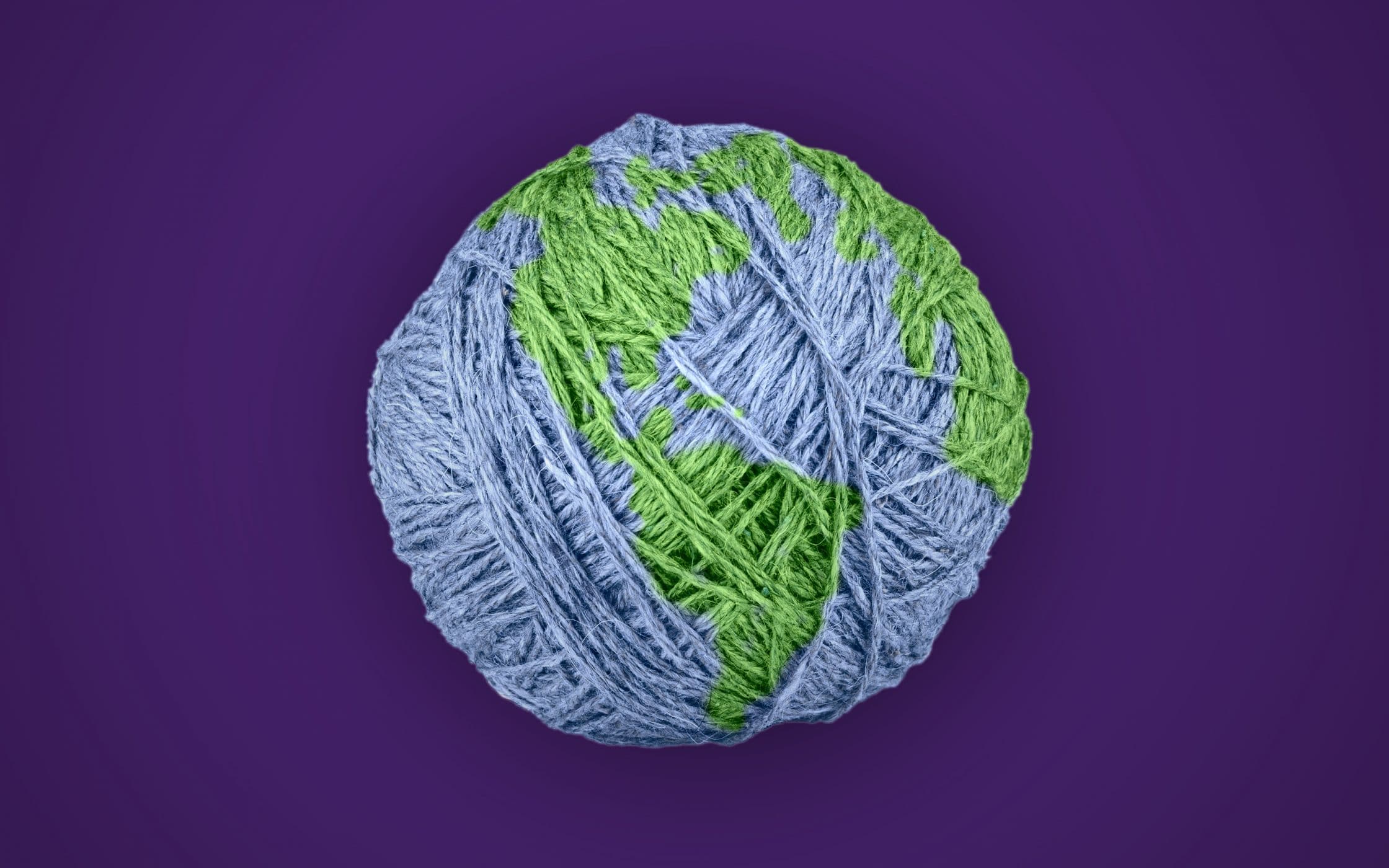Cape Town Sustainable Fashion Week: Highlighting Green Innovations
Cape Town Sustainable Fashion Week: Highlighting Green Innovations
Blog Article
Keep Ahead of the Contour by Discovering Cutting-edge Style Trends
In a market as vibrant as style, staying ahead involves more than simply following current patterns-- it demands an exploration of innovation. The merging of modern technology and style proclaims a brand-new period of customer interaction.

Embracing Smart Textiles
In recent times, the apparel industry has actually seen a transformative change with the assimilation of smart fabrics, an advanced technology that blends modern technology with textile. This advancement stands for not only a fusion of appearances and functionality but also a considerable jump in the direction of sustainability and customization in vogue. Smart textiles, also referred to as e-textiles, installed sophisticated electronic devices such as sensing units and conductive strings within the fabric, enabling garments to communicate with the setting or the wearer.
These textiles are developed to keep track of physiological specifications, such as heart rate or body temperature level, supplying real-time wellness analytics. Past wellness applications, clever textiles are also being made use of for flexible apparel, which can transform shade or pattern in response to ecological stimulations, therefore providing a dynamic style experience.
In addition, the growth of energy-harvesting fabrics that produce power from movement or sunlight is leading the method for self-sufficient wearable innovation. This advancement is attracting environmentally conscious customers and designers aiming to lower the environmental footprint of style. As r & d in this area breakthrough, wise textiles are anticipated to end up being progressively common, reshaping the landscape of modern-day style with their multifunctional abilities.
The Rise of 3D Printing
Reinventing the manufacturing landscape, 3D printing has emerged as a game-changer in the garment industry. This innovative innovation has enabled developers to press the boundaries of creativity, producing elaborate and tailored garments that were formerly unbelievable. By leveraging digital design and additive production, 3D printing promotes the production of complicated geometries and patterns, enabling designers to experiment with brand-new appearances and frameworks.
A noteworthy advantage of 3D printing in fashion is its capacity to create on-demand, decreasing waste and reducing supply demands. This performance not just maximizes manufacturing processes however likewise enables quick prototyping, making it possible for designers to bring their visions to life in a shorter timeframe. Moreover, 3D printing sustains customization somewhat unparalleled by standard techniques, supplying personalized fits and special designs customized to specific consumer preferences.
The increase of 3D printing has additionally equalized style, making it available to emerging developers that can currently fabricate top notch pieces without substantial economic investment in typical production framework. As technology continues to advance, the garment industry is poised to harness the complete possibility of 3D printing, exploring brand-new products and strategies that will unquestionably redefine just how style is conceived and generated.
Lasting Style Developments
As the style industry grapples with the pressing need for environmental obligation, sustainable style innovations have actually arised at the leading edge of transformative modification. The growing awareness of eco-friendly effect has fueled a change towards more eco-conscious practices and products. Designers and brands are now focusing on sustainability, including techniques that reduce waste and reduce carbon impacts.
One substantial advancement is the rise of round style, which highlights recycling and upcycling to prolong the lifecycle of garments. This method not only decreases waste but also urges customers to adopt an extra mindful method to clothes consumption. Additionally, making use of lasting materials, such as organic cotton, hemp, and recycled polyester, has gained grip. These materials call for much less water and energy throughout manufacturing, considerably lessening ecological impact.
Another breakthrough exists in the adoption of cutting-edge dyeing techniques that make use of natural dyes or waterless processes, consequently lowering the vast amounts of water and chemicals commonly used in fabric dyeing. In addition, developments in biotechnology have caused the creation of lab-grown leather and materials, using cruelty-free and eco-friendly options to standard products. Via these pioneering efforts, the garment industry is making significant strides towards an extra lasting future.

Tech-Integrated Garments
Tech-integrated garments stands for a revolutionary combination of fashion and technology, reshaping how people engage with their garments. This ingenious domain is marked by the inclusion of smart textiles and ingrained electronic elements, enhancing both functionality and visual charm. From fitness trackers installed in sportswear to warmed coats regulated using mobile phone applications, tech-integrated apparel uses consumers extraordinary benefit and versatility.
Pioneering brands are driving this pattern, focusing on producing garments that respond to environmental stimuli or user commands. For instance, some garments can change shade or pattern in feedback to temperature level changes, while others include biometric sensors to monitor health and wellness metrics like heart rate or tension levels. The smooth assimilation of innovation into fabrics additionally expands to environmental sustainability, with efforts to develop self-cleaning textiles or garments my review here that change to weather conditions, thus reducing the need for numerous layers.
In addition, the development of wearable innovation is not just restricted to garments but extends to devices like watches and glasses, additional broadening the extent of tech-integrated style. As the industry remains to innovate, the potential for customization and personalization in garments expands, providing customers special, tech-enhanced fashion experiences that provide to their private needs and choices.
Future of Virtual Fashion
Recently, the future of digital fashion has actually emerged as a transformative pressure within the industry, leveraging advancements in electronic technology to redefine just how style is produced, experienced, and consumed. By incorporating augmented fact (AR), online fact (VR), and 3D style devices, designers can currently craft immersive and interactive experiences that go beyond conventional style boundaries. Online style allows for the production of garments that exist only in digital atmospheres, offering limitless opportunities for development without the constraints of physical production.
This digital change not just provides possibilities for creative expression however likewise addresses sustainability problems fundamental in standard style practices. Cape Town Sustainable Fashion. By getting rid of the demand for physical resources, online style lowers waste and minimizes carbon footprints. Moreover, the surge of digital fashion lines up with the boosting customer need for unique and tailored experiences, as online garments can be personalized and customized to specific choices effortlessly

Conclusion
The style industry's future lies in the integration of lasting techniques and innovative innovations. Online style is positioned to redefine consumer interactions.
In recent years, the style sector has experienced a transformative change with the assimilation of smart textiles, an innovative technology that blends technology with material.As the fashion market grapples with the pressing need for environmental responsibility, sustainable fashion technologies have actually our website arised at the center of transformative adjustment.In current years, the future of digital style has actually arised as a transformative force within the market, leveraging developments in digital innovation to redefine exactly how fashion is produced, experienced, and taken in. The increase of online fashion aligns with the increasing consumer need for one-of-a-kind and personalized experiences, as digital garments can great post to read be tailored and customized to private preferences with simplicity.
The fashion industry's future lies in the assimilation of cutting-edge modern technologies and lasting methods.
Report this page